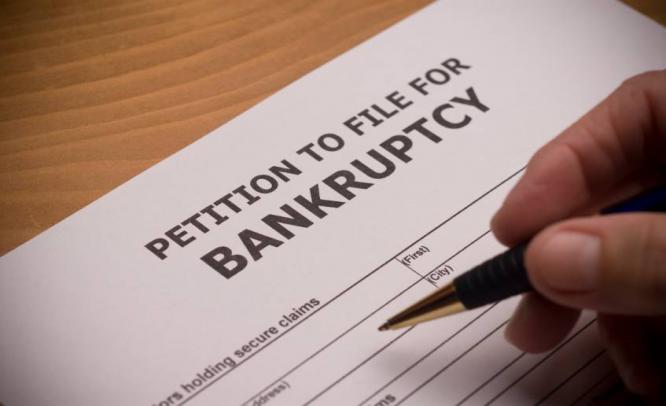Chapter 11 is a part of the United States Bankruptcy Code, which involves reorganization of a debtor’s business affairs and assets. It is filed by corporations which need time to restructure their debts.
September 26, 2013 : Physiotherapy Associates, an outpatient rehabilitation services provider based in Exton has decided to file for Chapter 11 Bankruptcy due to a heavy debt load and accounting concerns, the firm which carries about $ 325 million in debt, will begin soliciting votes from its creditors on a reorganisation plan by early October. The company aims to file a pre-packaged bankruptcy plan by late October, which will help the company to pass through the proceedings in the bankruptcy court. Private equity firm Court Square Capital Partners had bought Physiotherapy associates in May 2012 from two other investment firms at an undisclosed price. Private equity is a form of equity investment in private companies that are not quoted on a stock exchange, it is distinguished by its active investment model in which it seeks to deliver operation improvements in its companies over several years. The capital for private equity can be raised from institutional investors and can be used to fund new technologies, expand working capital within an owned company or strengthen a balance sheet to meet statutory obligations.
Under the proposed bankruptcy plan noteholders would get 100 percent of the reorganized company and an interest in the so called litigation trust. The trust would be formed because New York based Court Square thinks it discovered accounting irregularities after its purchase of the company, and is seeking to pursue potential claims in litigation.
What is Chapter 11 bankruptcy?
Chapter 11 is a part of the United States Bankruptcy Code, which involves reorganization of a debtor’s business affairs and assets. It is filed by corporations which need time to restructure their debts. Any business or individual can file for Chapter 11 bankruptcy protection, it includes a sole proprietorship, technological companies and banks. After filing of Chapter 11 bankruptcy protection, the debtor becomes a debtor-in-possession. The debtor-in – possession has majority of the rights and responsibilities of a bankruptcy trustee, however, the only right not available is the right to compensation. The debtor- in – possession has the right to file law-suits, avoid payment to creditors, obtain loans for the debtor and accept or reject contracts. These powers can be exercised only with the prior approval of the court. However, the laws permit the creditor or the court itself to replace the debtor- in – possession if they believe it’s in the best interest of the bankruptcy estate and creditors, or if the court and creditors feel the debtor- in -possession is mismanaging its assets.
Process
- Disclosure Statement
The first step in a chapter 11 bankruptcy is the drafting and approval of a disclosure statement, the disclosure statement describes how a debtor will reorganise and pay off his debts. The disclosure statement must give sufficient information for creditors to determine whether reorganisation is possible. The court must approve the disclosure statement before the subsequent formalities are carried on.
- Confirmation
In this step, the debtor will propose a plan of reorganisation to the creditors, the creditors will then vote on the plan. The judge and the impaired creditors have to approve the plan (impaired creditors are those who accept for a bail-in). The bankruptcy court will confirm the case and make sure the reorganisation plan is reasonable, in good faith and legally sound.
- Appointment of a Plan Agent
After confirmation of the plan, the terms of the plan are carried out and the plans provide for the appointment of a plan agent who executes the plan.
– See more at: http://www.internationalfinancemagazine.com/article/Chapter-11-Bankruptcy.html#sthash.gp3VfnXA.dpuf


